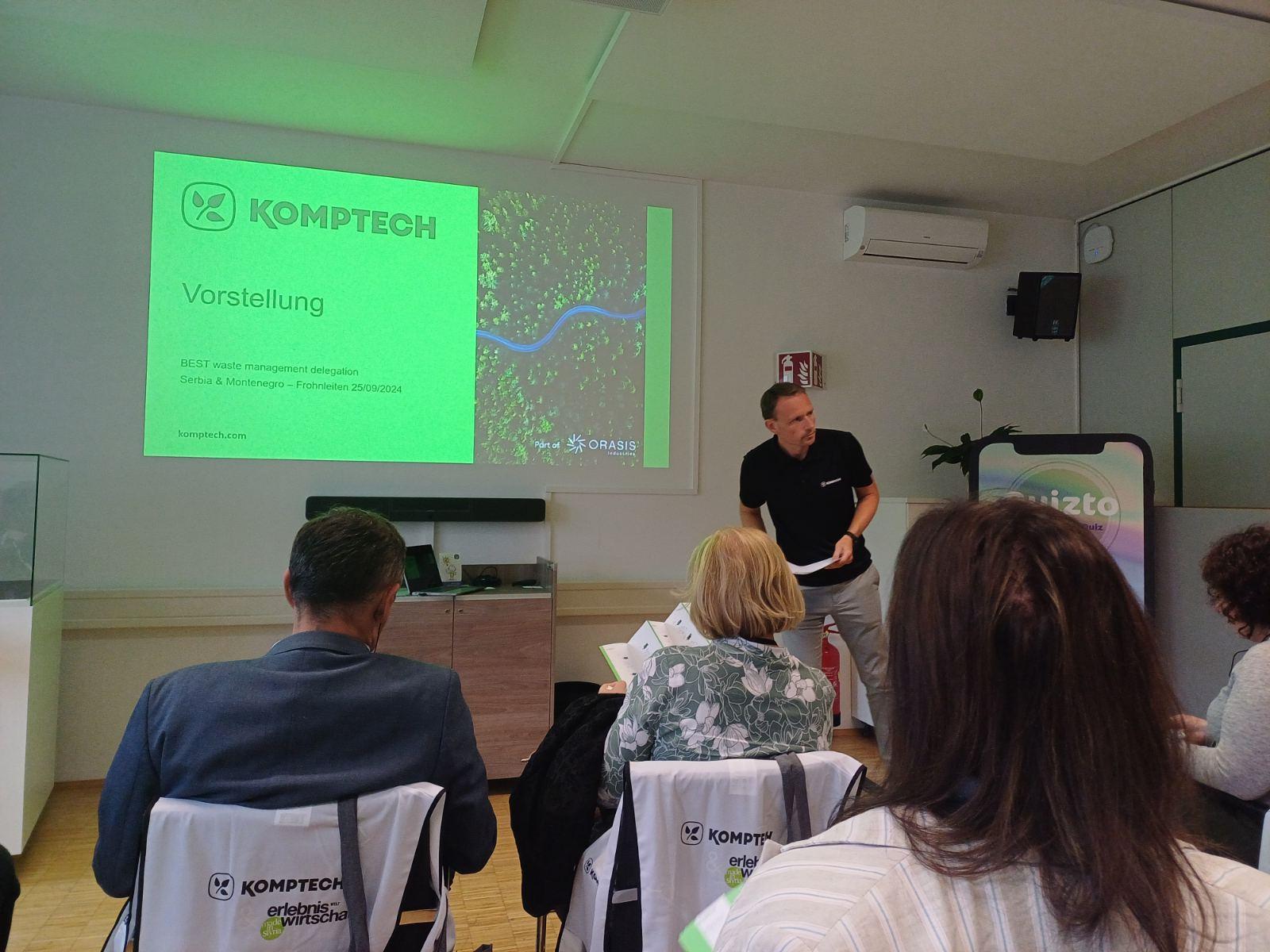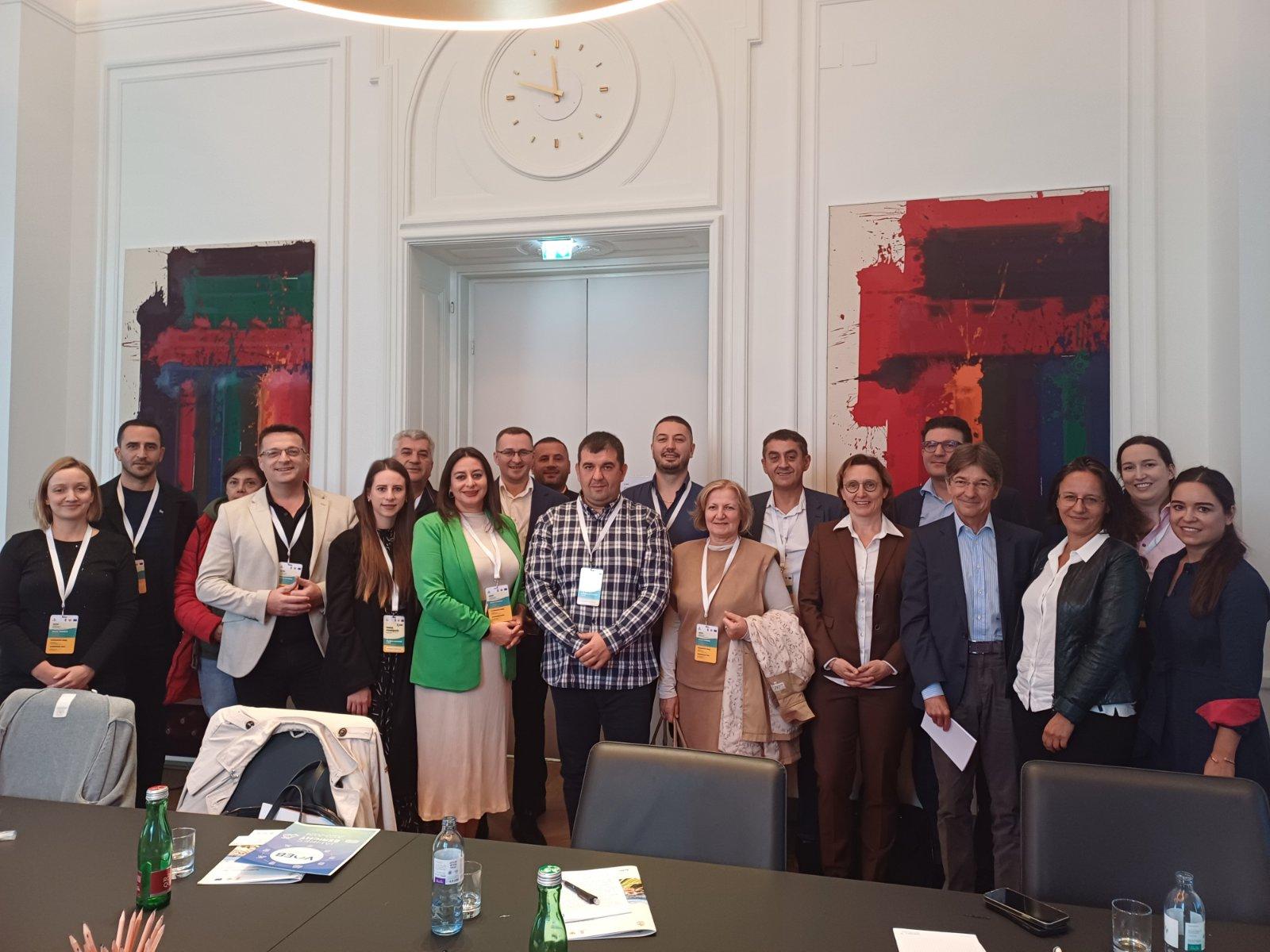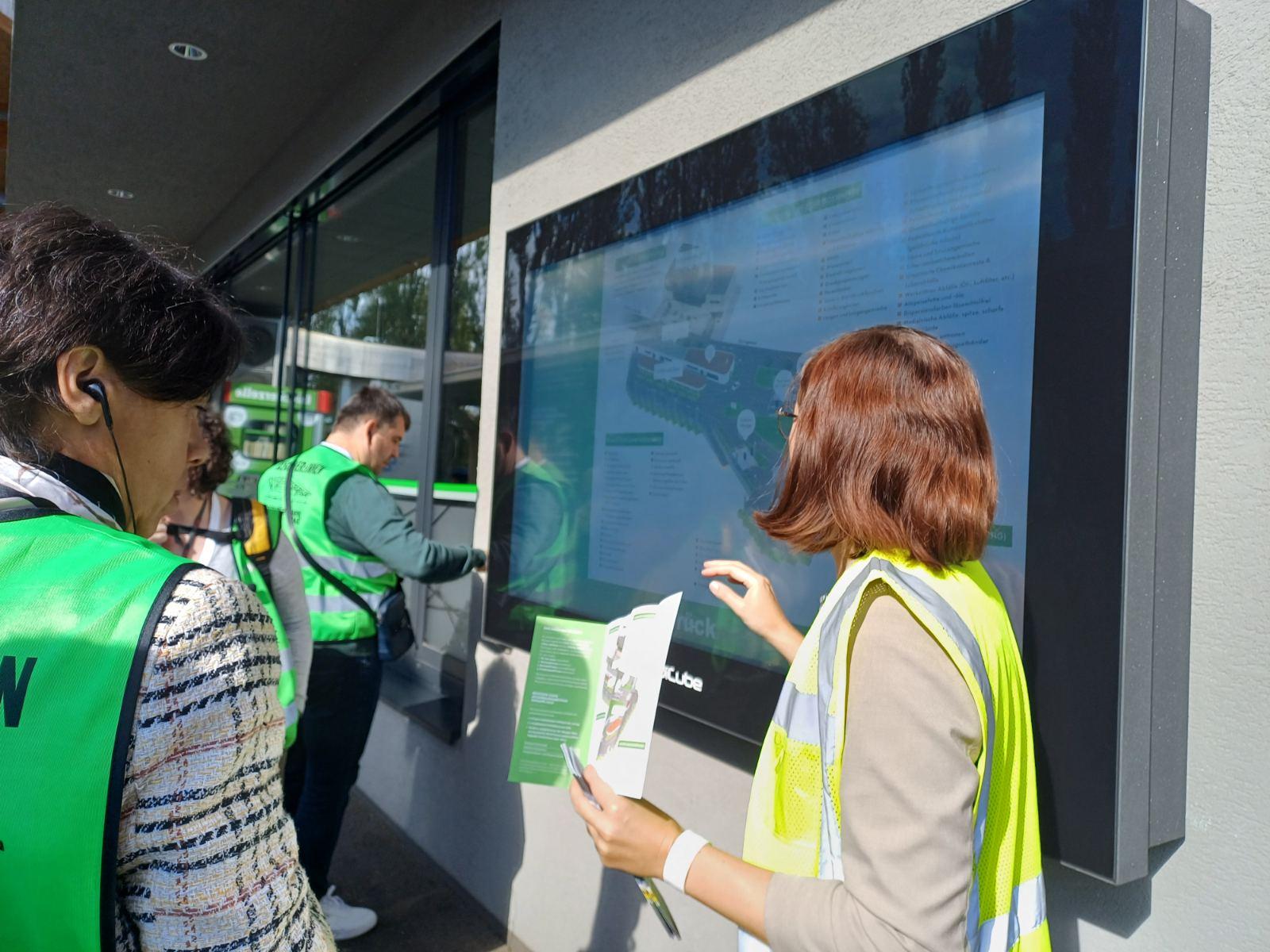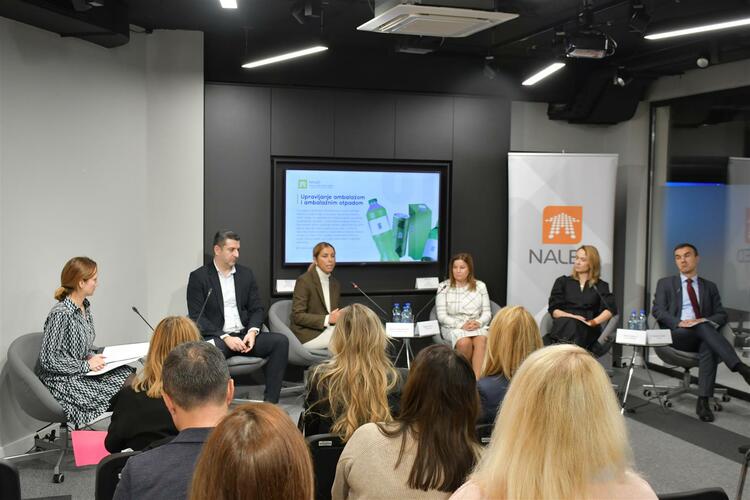Vienna transforms waste into energy for electricity and heating
The practice of landfilling waste has been banned in Austria for twenty years. Non-recyclable waste is converted into energy, and all citizens participate in the primary sorting process. Participants in the BEST project (Cooperation in Waste Management for a Sustainable Environment) visited this EU member state to better understand its municipal waste management concept and bring some best practices back to our country.
During the visit, participants had the opportunity to tour the Ressourcenpark in Graz, a state-of-the-art facility covering approximately 20,000 square meters, where citizens can dispose of over 80 types of waste according to its purpose. This facility is managed by Holding Graz, which oversees key municipal services in Graz. Since 2010, Holding Graz has centralized municipal services and private sectors under one roof, significantly contributing to the budgetary consolidation of Graz.
In Vienna, the delegation also visited two waste incineration plants. The Pfaffenau waste incineration plant in Simmering has been operational since 2008, converting 250,000 tons of mixed waste annually into electricity and thermal energy. Thanks to multi-stage flue gas cleaning, emissions remain 90% below legally mandated limits, helping Vienna maintain its status as one of the cities with the cleanest air.
The Spittelau plant, notable for its artistic design by artist Friedensreich Hundertwasser, processes around 270,000 tons of household waste each year. As participants learned during their tour, this facility is a key part of Vienna’s waste management system, providing eco-friendly district heating to over 60,000 households and electricity to nearly 30,000 households annually.
The study visit was organized under the BEST project, implemented by NALED and funded by the European Union. Participants included other project partners, such as municipal enterprises and local governments from Serbia and Montenegro, including the City of Novi Pazar, JKP “Gradska čistoća” Novi Pazar, the Municipality of Tutin, JKSP “Gradac” Tutin, the Municipality of Bijelo Polje, JKP DOO “Komunalno-Lim” Bijelo Polje, the Municipality of Kolašin, JP “Komunalno DOO” Kolašin, the Municipality of Mojkovac, and JKP DOO "Komunalne usluge - Gradac" Mojkovac.
Additionally, during the three-day visit, participants met with representatives from the Association of Austrian Waste Management Companies (VOEB), the Austrian Federal Economic Chamber (WKO), ICS (Internationalization Center Styria), and Komptech.







